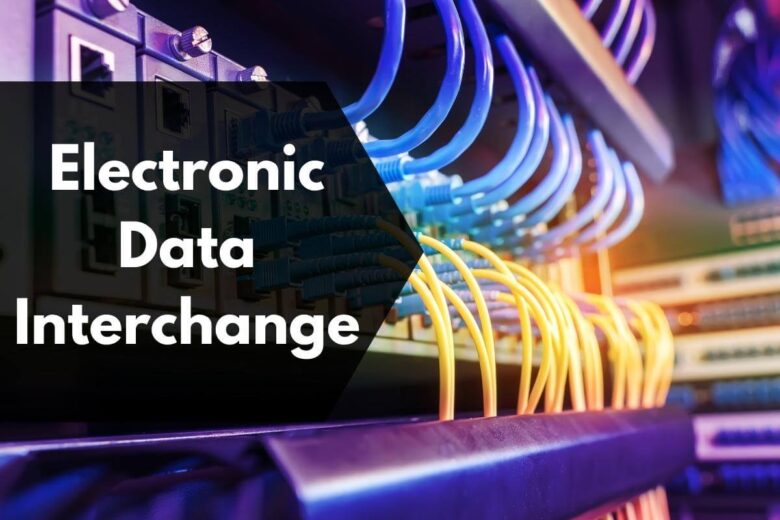When running any kind of business, there are certain decisions that you simply must make in order to move forward and gain profits. Now, the systems that the company uses are of vast importance, regardless of the type of industry and work the company is doing, as data flow is an integral part of every business. That is why sending information as fast and as safely as possible is the goal, and that’s precisely where electronic data interchange can be of great help. It is an exchange of business information in a standard and structured format, and EDI services are currently an essential part of every business, and you can find more info on that at integrationinc.com.
Benefits

Source:to-increase.com
Thanks to modern technology, the EDI process has a lot of benefits compared to the traditional document exchange we are all used to, as unlike the traditional way of doing business, the EDI speeds up the entire process. Besides that, it protects and secures data we use and store, but that’s just the beginning, and because there are plenty of benefits, we will focus on the most crucial ones, so you can better understand why it is that important.
It is much faster
We all know that for traditional document exchange, we can sometimes wait up to five days, which is a lot of time, especially if someone is in a hurry. When it comes to the EDI exchange, everything can be finished much faster, as usually, the entire process is over in less than twelve hours, sometimes even in an hour or two. Besides that, the entire process is much easier, so we do not need to think about time and worry whether we will have enough of it to finish our orders. Overall, how fast the process depends on the specifics of the task at hand and how demanding it is, but in general, using EDI is much more efficient. Now, that’s precisely why it is so highly valued, as efficiency and productivity are the two most crucial segments of every business.
Reduced possibility of errors

Source:to-increase.com
Okay, mistakes simply happen, and making them is nothing new or uncommon, but when there is something that can reduce these errors, there really aren’t any excuses why one shouldn’t use such a thing, and electronic data exchange is that thing. As for how this process reduces mistakes and errors, it’s all about automatization, and since the EDI process is automatized, there are far fewer chances that any error can occur, which is not the case with manual processes. Manually entering all the necessary information into various systems can be a real nightmare for every worker because it is enough to lose concentration for only one second and make a big mistake that can be challenging or even impossible to fix.
Not to mention how dull this type of work is and how it affects our brain, which in the end is the main reason why making mistakes when data entering happens, as people are usually tired or overwhelmed with work. On the other hand, the machine cannot lose concentration even for a second, and thanks to that characteristic, it is much more accurate, and the possibility of errors is reduced to a minimum. In general, machines are a much better choice for certain things simply because of the automatization and how they work, as they cannot get tired or forget to execute certain things because there is too much work or anything similar.
It is transparent
We live in a world where being honest and transparent about our work is of vast importance, and this is where EDI steps in as a solution to our problems. Namely, when it comes to ordering and relationships with trading partners, transparency is important since both of you need to know what exactly is happening from the moment of ordering to receiving the order. It is the most basic structure of doing business, as all the parties involved should have all the necessary info. Now, we are all used to making an order manually, but it is not transparent at all, and many mistakes can occur accidentally. EDI process reduces the possibility of any errors because it provides transparency, and each decision that should be made is always made based on accurate information. As you can see, it is closely connected to mistakes and errors as you need to base your decision on the information that needs to be transparent and correct, which is where problems might occur when you deal with orders manually.
Drawbacks

Source:superdisty.com
Of course, there are upsides and downsides to almost everything in life, and the same is with EDI. Just like anything else in the world, using the EDI process also has some drawbacks, and it is necessary to mention them, too, so you can make a well-informed decision on whether it is the best choice for your company.
It is not cheap
When it comes to the money necessary for the EDI process to be performed, we need to say that it is not a cheap investment at all. Some EDI formats need an expensive setup, and maintaining them is also not cheap, which makes initial costs pretty high. Besides the initial costs of setup, the employees need to be educated and trained on how to use the EDI process, so keep in mind that you will need to set aside enough money for that too. Of course, when it comes to efficiency, it’s always a much better choice to opt and go with something that will pay itself in the long run, and that’s precisely the case with EDI.
Constant changes
EDI process uses various formats, and since it is relatively new, these formats are constantly changing. The main problem is that when the standard format changes, the entire business process needs to be changed too, or it will not work. These constant changes are not easy to follow, and some of them could be expensive. On the other hand, we are all used to so many technical changes, and updating our systems is nothing new, as it is the only way to keep up with the latest tech and protect our data.




